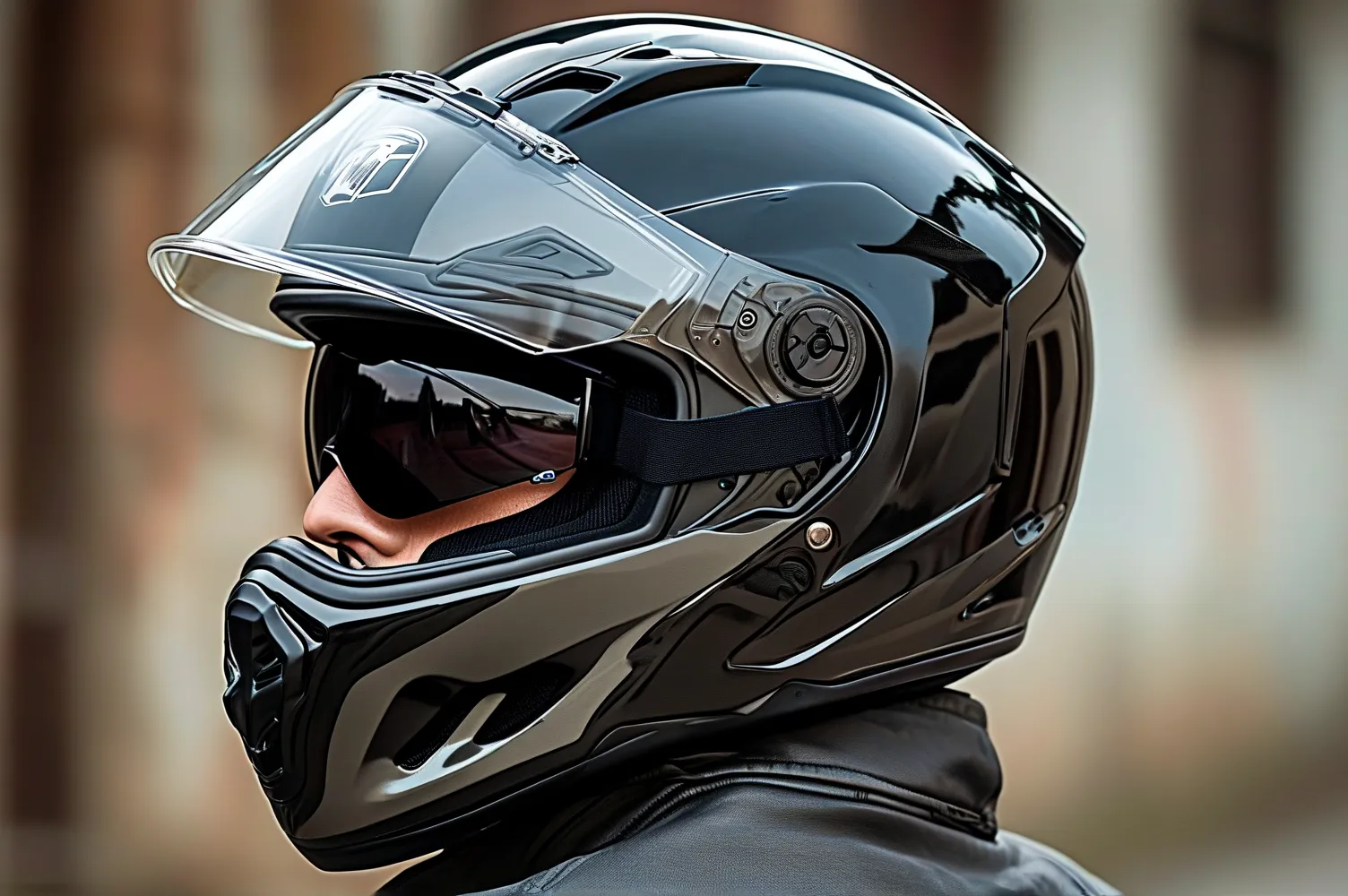Riding a motorcycle brings an unparalleled sense of freedom, but nothing matters more than protecting your head on the road. With evolving safety standards and advancements in helmet technology, selecting the right safety-certified motorcycle hat requires careful consideration. This guide cuts through the noise to help you prioritize critical features, understand certifications, and make informed decisions tailored to your riding style.
1. Decoding Safety Certifications: Your Non-Negotiables
Every reputable motorcycle helmet must meet rigorous safety benchmarks. Look for these certifications stamped inside the shell:
– DOT (FMVSS No. 218): Mandatory in the U.S., this standard tests impact absorption and penetration resistance. However, it’s self-certified by manufacturers, so cross-check with third-party verified labels.
– ECE 22.06: The latest European standard (effective 2025) mandates advanced tests for rotational force reduction and visor durability, making it a gold standard for global riders.
– SNELL M2025: Updated every five years, SNELL certification involves stricter impact tests than DOT. Ideal for high-speed or track riders.
A 2024 study by the Motorcycle Safety Foundation found helmets meeting multiple certifications reduced severe head trauma risk by 47% compared to single-certified models.
2. Ventilation Systems: Balancing Airflow and Protection
Modern ventilated helmets use strategic channeling to keep you cool without compromising safety:
– Multi-Directional Intake Vents: High-end helmets like the Shoei RF-1400 feature forehead and chin vents adjustable via sliding switches.
– Exhaust Ports: Rear exhaust channels pull hot air out efficiently—critical for stop-and-go traffic.
– Moisture-Wicking Liners: Antimicrobial padding (e.g., Bell Qualifier DLX) enhances comfort during long rides by reducing sweat buildup.
Avoid helmets where vent placements weaken structural integrity. For example, excessive top vents may create weak points in the EPS liner during side impacts.
3. Fit Matters: How to Avoid “Tunnel Vision” Discomfort
A poorly fitting helmet can distract you with pressure points or excessive movement. Follow these steps:
1. Measure Accurately: Use a soft tape to measure the widest part of your head (above eyebrows). Match it to brand-specific sizing charts—sizes vary between Arai and HJC, for instance.
2. Check Cheek Pressure: Snug cheek pads should lightly compress without restricting breathing. Test by trying to fit a finger between your cheek and padding.
3. Perform the Roll Test: Secure the chin strap, then tilt your head forward. If the helmet rolls off easily, it’s too loose.
Pro tip: Replace helmets every 5 years or after any significant impact—even if damage isn’t visible. Polycarbonate shells degrade over time due to UV exposure and temperature fluctuations.
4. Advanced Features Worth the Investment
- Emergency Release Cheek Pads: Found in helmets like the AGV K6, these allow medics to remove padding safely after accidents.
- Anti-Fog Photochromic Visors: Transition lenses (e.g., Shark Spartan GT) adapt to light conditions, eliminating the need for multiple visors.
- MIPS Technology: Multi-directional Impact Protection System layers reduce rotational forces during angled impacts by 10–15%, per Virginia Tech’s Helmet Ratings.
5. Budget vs. Quality: Striking the Right Balance
While premium helmets ($400+) offer cutting-edge materials like carbon fiber, mid-range options ($200–$400) from brands like Scorpion EXO or LS2 provide reliable protection for casual riders. Avoid sub-$100 helmets—they often skip critical certifications or use brittle plastics prone to cracking.
Final Checklist Before Purchase
- Verify certifications (DOT + ECE or SNELL).
- Test ventilation with a 10-minute wear session.
- Ensure no obstructed peripheral vision—visors should cover 210° horizontally.
- Prioritize replaceable parts availability (pads, visors).
By focusing on certified safety, personalized fit, and smart ventilation, you’ll invest in a helmet that doesn’t just meet standards but enhances your riding experience. Stay sharp, stay protected.




Leave a Reply